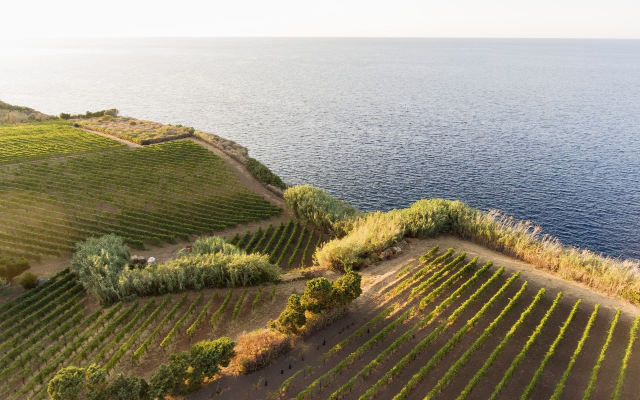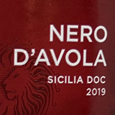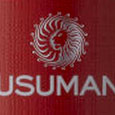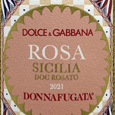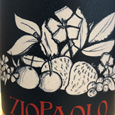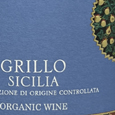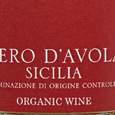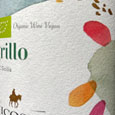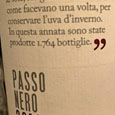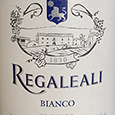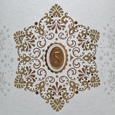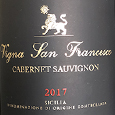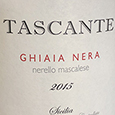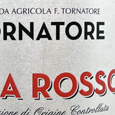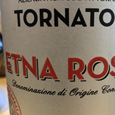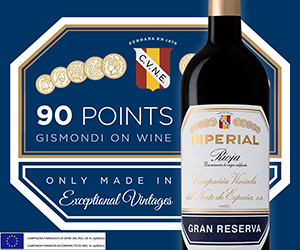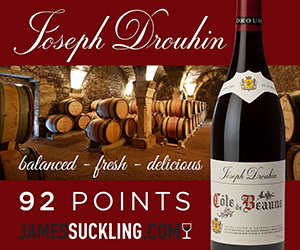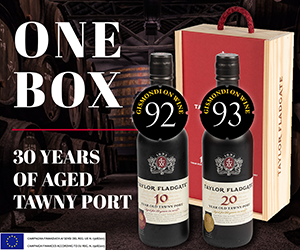Sicily, the largest Mediterranean island, has been producing wine for 3,000 years, with vinous influence from the Greeks, Phoenicians, Arabs, and Italians.
Known in ancient times as Sicania and Trinacria for its triangular shape, it's instantly identifiable on a map as the 'football' being kicked by continental Italy's 'toe,' Calabria.
The warm, dry climate benefits from coastal breezes, keeping mildews low and benefitting sustainable, low-interventionist winemaking. More than 1/3 of the vineyards are farmed organically. Four regions broadly define the wine areas: (Click here for a map of Sicily's DOCs)
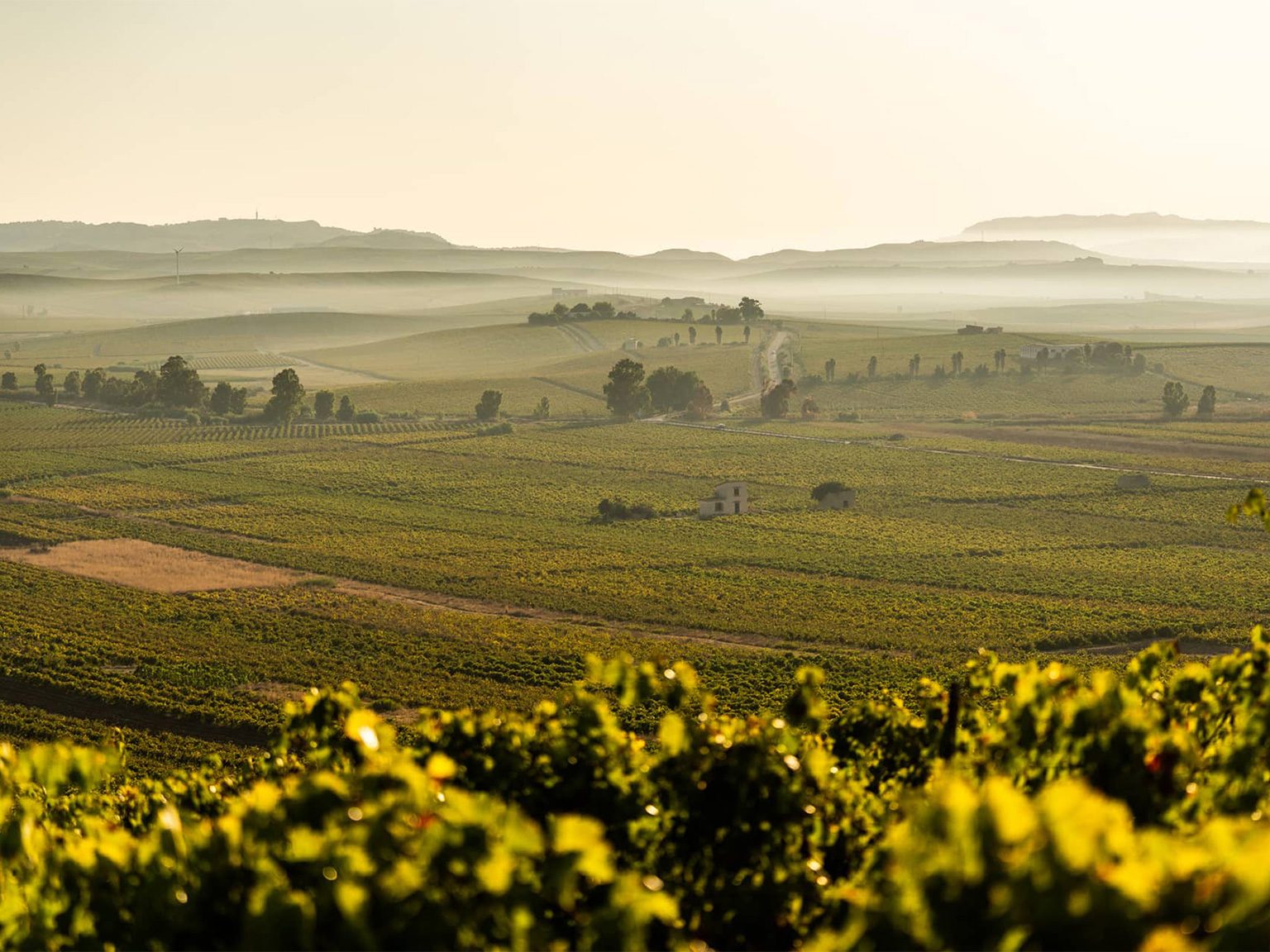
The Plateau, in the southeast, is taken up by the Ibleo plateau, centred on the extinct Mount Lauro volcano. Its massive form is the driest and hottest on the island, with a range of terraces carving down to the coast.
The coast is jagged and rocky with limestone, tuff, and clay, reaching up into the hills. Naturally, the sea is a significant factor here, with 400 to 600 mm of annual rainfall all between the
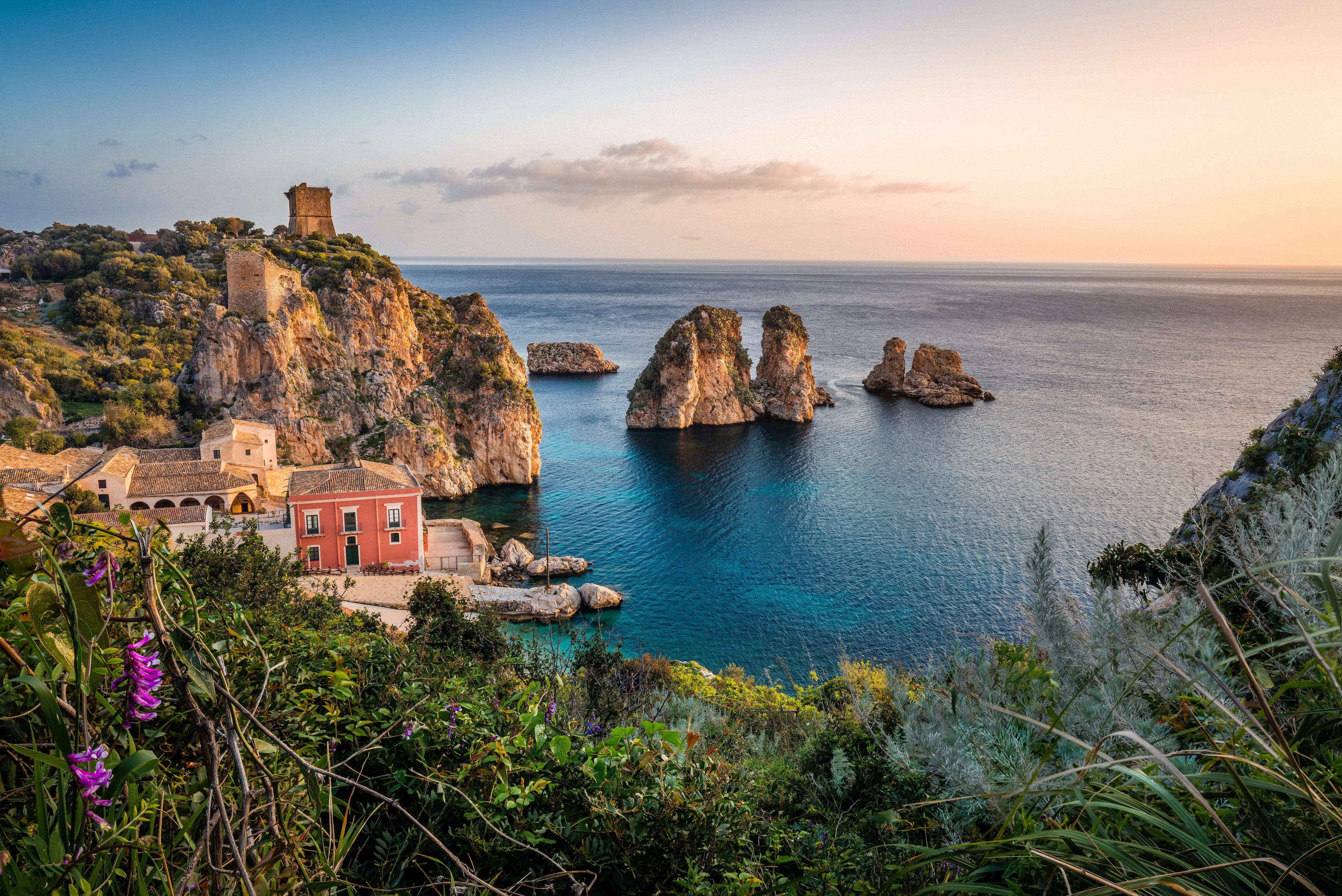 southern and northern parts and up to 800 mm per year on the Ionian side.
southern and northern parts and up to 800 mm per year on the Ionian side.
The central Hinterland is predominantly hilly, with soils ranging from clay to marble and chalk. The varying hillsides provide numerous slopes and aspects for vines.
Those hills are nothing compared to the mountains starting on the northeastern side of Sicily, with the Peloritani, Nebrodi, and
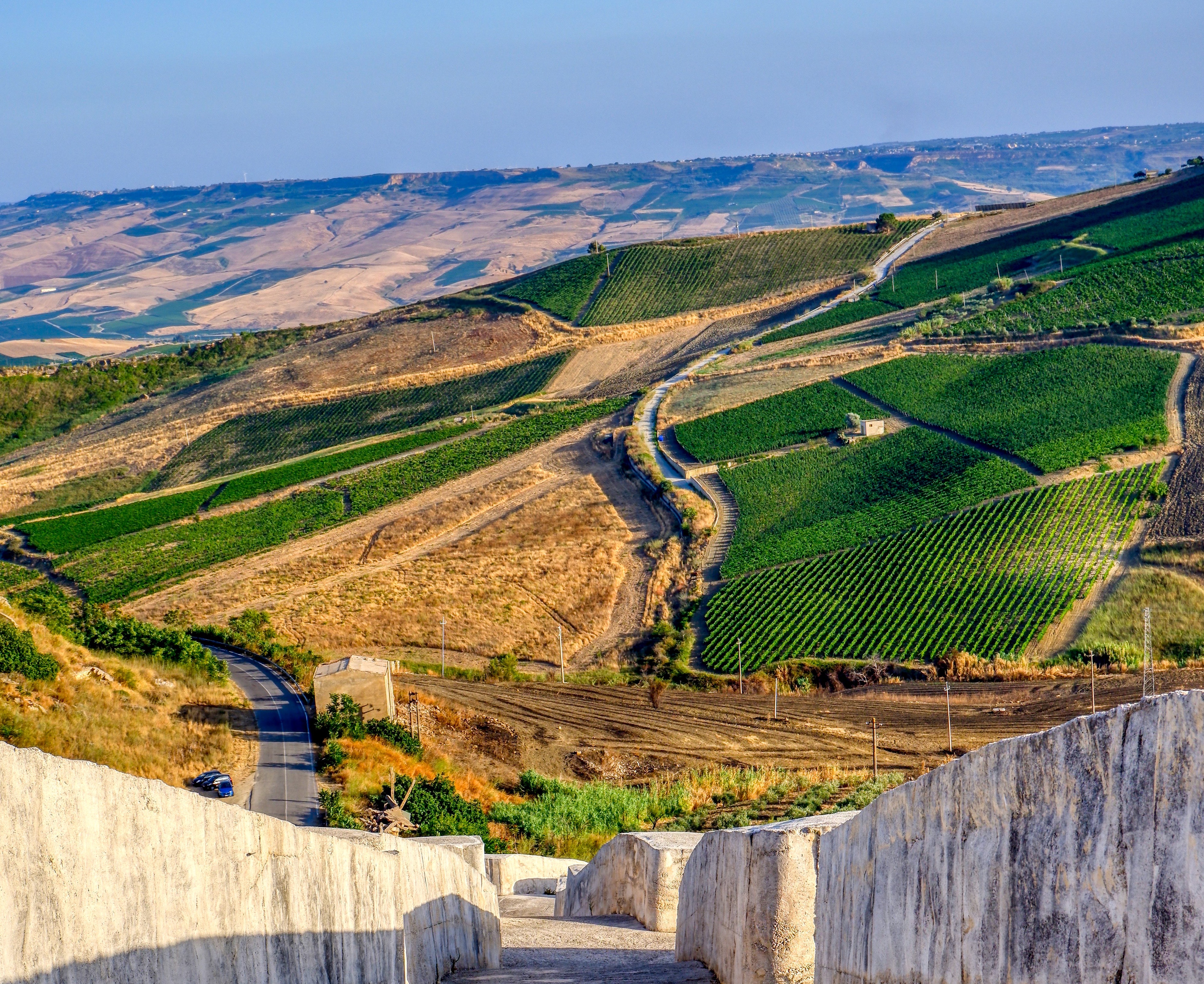
Madonie ranges quickly reaching 800m altitude, forged of masses of limestone and dolomite.
Mount Etna rests famously here on the eastern side, with its windswept, dark, and mineral-rich volcanic soils. As one would expect, the diurnal shift throughout the mountains is substantial, ranging from daytime temperatures of 28°C in the summer to evening lows around zero in the cooler months.
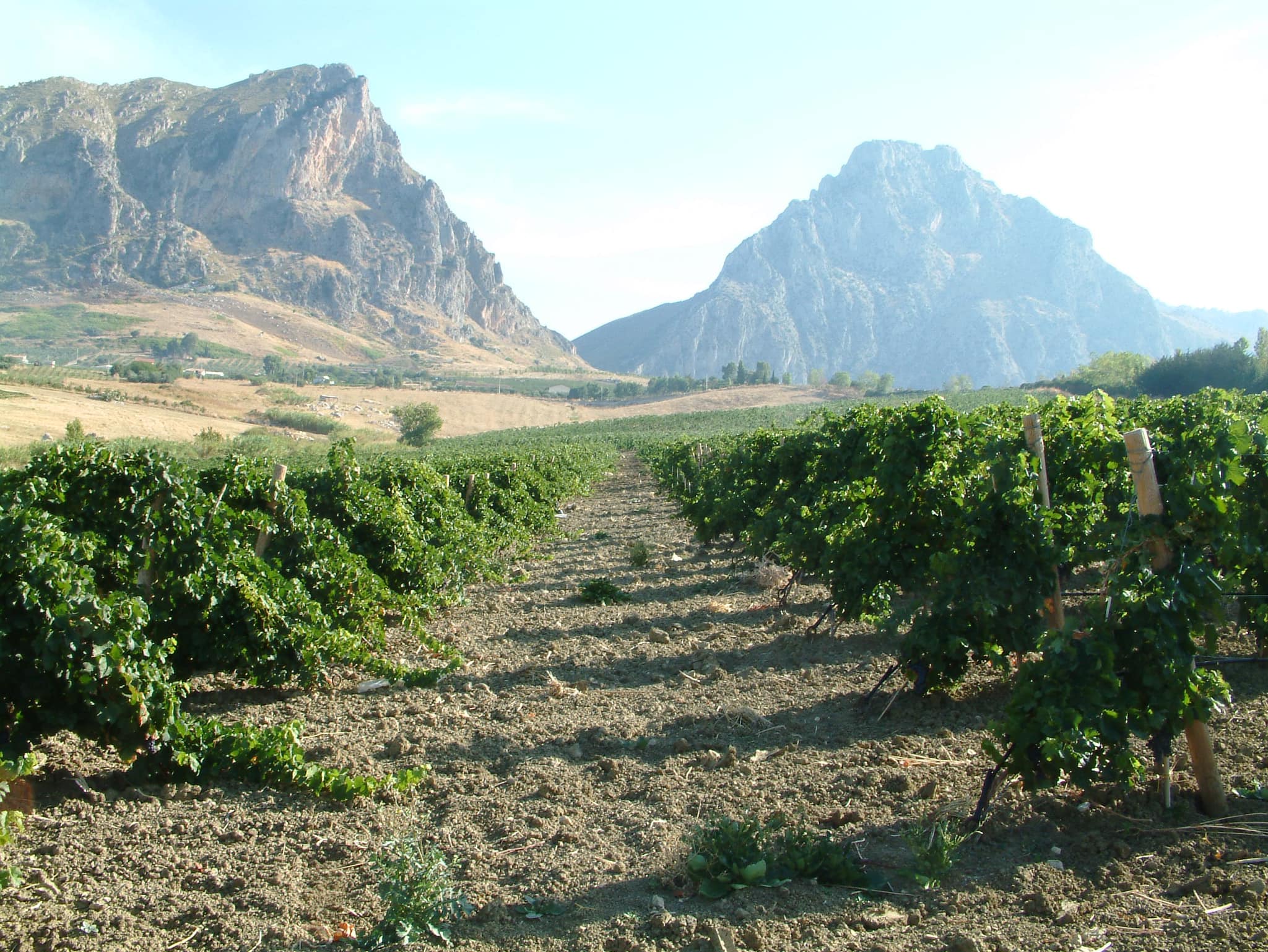
Though Sicily has the largest vineyard area under vine in Italy (around 98,000 hectares), wine production has been shrinking as they move away from bulk blending wine to quality wines. The move towards quality is fantastic news for consumers, and thanks in part to the creation of Sicilia Denominazioni di Origine (DOC) wines, established in late 2011 and representing around 500 wine growers on the island today. There are 23 DOCs in Sicily, and one DOCG, divided broadly within the four geographical regions above.
Sicilia DOC covers the whole island, covering a range of grapes, including indigenous varieties like Nero d'Avola and Frappato for reds and Catarratto and Grillo for whites. International varieties such as Chardonnay, Merlot, and Cabernet Sauvignon is also allowed. There are numerous rules to foster consistency and quality. For example, A Sicilia Bianco blend must feature a minimum 50 percent component of Inzolia, Catarrato, Chardonnay, Grecanico Dorato (a variant of Garganega) and Grillo.
Within the overarching Sicilia DOC, there are numerous other minor DOCs tied to specific geographical regions and with their own rules and regulations. The most historically famous of these smaller DOCs are Marsala DOC, the revered solera wine of Grillo or Inzolia from the western coast; and Pantelleria DOC, from the tiny island off the west coast, famed for its sweet wines of Zibbibo and Moscato. The volcanic wines from Etna DOC are more commonly seen and renowned today, highlighting the indigenous NerelloMascalese and Carricante grapes. Of course, one can't forget Sicily's sole DOCG: Cerasuolo di Vittoria. Nestled into the island's southeast corner, the region is known for its Nero d'Avola and Frappato blends. It is named for the graceful cherry-like hue of these often age-worthy wines (Cerasuolo means cherry in Italian). Over the past weeks, the GOW team has tasted various Sicilia DOC wines across different grapes and styles.
Learn more: Sicily: The Grapes by Geoffrey Moss MW

European Union Regional Development Fund. Gismondi on Wine held editorial control over the article and autonomy in writing tasting notes.

 quicksearch
quicksearch

